
Top 8 Disaster Recovery as a Service (DRaaS) Solutions
Discover the top 8 Disaster Recovery as a Service (DRaaS) solutions—features, benefits and use cases to cut downtime, minimise data loss and meet compliance.
Published on November 05, 2025
Last updated on November 27, 2025
Third-party relationships now stretch across procurement, IT, legal, and operations. Each supplier introduces information, operational, and compliance risks that accumulate fast without a single view of exposure. Manual spreadsheets are slow, opaque, and prone to gaps. A modern TPRM platform reduces that friction with shared data, consistent scoring, and automated follow-ups across the full supplier lifecycle.
The right tool should help you maintain a live register of vendors, store third-party risk assessments, standardise due diligence, and trigger remediation when risk rises. It should also integrate with core systems so data does not sit in silos, and provide clear reporting for boards, auditors, and regulators.
TPRM software helps you identify, assess, monitor, and remediate risks arising from suppliers and other external parties. It supports the full lifecycle: onboarding and due diligence, contract and control assessments, continuous monitoring, incident handling, and offboarding. Good platforms centralise vendor data, standardise questionnaires and evidence collection, assign owners and timelines, and produce audit-ready records. They also connect to security ratings, threat feeds, and regulatory libraries to keep risk views current and actionable.
Before shortlisting, align features to your vendor landscape, regulatory drivers, and internal workflows. Prioritise capabilities that automate busywork and give a reliable picture of exposure.
A single, searchable register linking entities, services, data types, contracts, and criticality, so you can see dependencies and focus assessments where they matter.
Configurable workflows to collect questionnaires, documents, and control evidence, with routing by risk tier, service type, or data sensitivity.
Consistent scoring models that translate responses into inherent and residual risk, drive tiering, and trigger proportionate oversight.
Reusable question libraries mapped to frameworks, response pre-fill, evidence versioning, and expiry reminders to keep files current.
Feeds from security ratings, breach alerts, financial health, and sanctions lists to detect changes between assessment cycles.
Link third parties to their upstream providers, highlight single points of failure, and quantify concentration risk across regions or services.
Tasking, owners, and due dates for findings; exception workflows with expiry and compensating controls to keep risks tracked.
Live KRIs, heatmaps, and audit trails to inform leadership, satisfy regulators, and support renewals or exit plans.
Connectors for procurement, contract management, ITSM, SIEM, and IAM to reduce duplicate data and keep context complete.
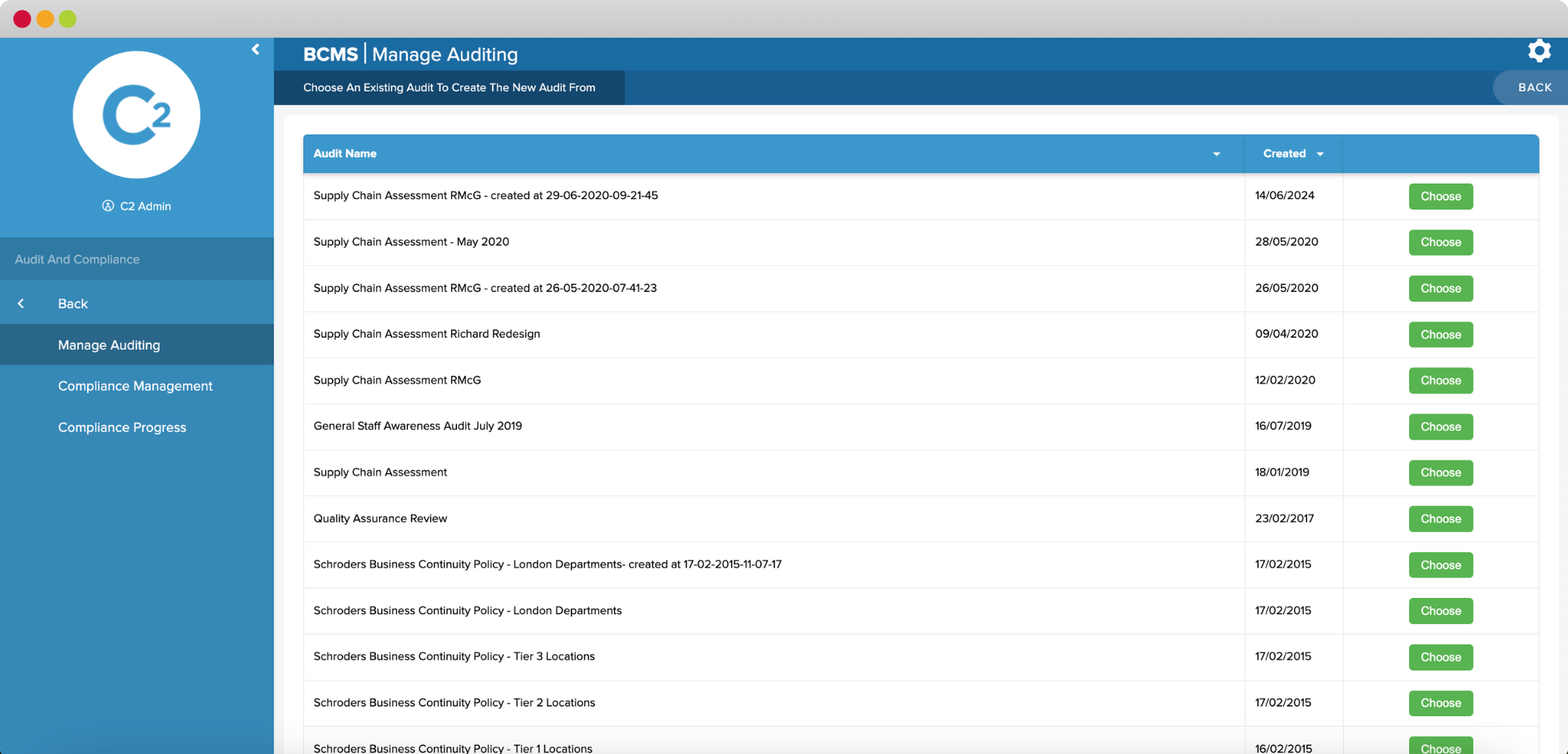
Continuity2 delivers an industry-leading approach that unifies vendor risk management with business continuity and operational resilience. You get a live supplier register linked to BIAs, impact tolerances, and playbooks, so vendor decisions reflect service criticality, not just control checkboxes. Workflows standardise due diligence, map obligations to frameworks, and route remediation to owners with clear deadlines. Continuous monitoring, robust analytics, and board-ready reports give leaders an accurate view of exposure across services and geographies.
Key Features:
Best for: Organisations that want TPRM tightly connected to continuity and operational resilience.
OneTrust offers broad GRC coverage with a strong TPRM module. It centralises vendors, automates due diligence with reusable questionnaires, and connects to privacy and compliance libraries. Security ratings and issue workflows help teams close findings and track exceptions over time. Dashboards provide a clear view of trends, outstanding actions, and renewal cycles.
Key Features:
Best for: Enterprises seeking broad GRC alignment with privacy and TPRM in one stack.

MetricStream’s TPRM module sits within its integrated risk platform. It supports onboarding, assessments, control testing, and continuous monitoring, with strong reporting and workflow controls. Its modelling helps teams compare inherent versus residual risk and track remediation to completion.
Key Features:
Best for: Regulated organisations standardising on an integrated risk suite.
LogicGate provides flexible, no-code workflows that adapt to unique vendor processes. Teams can design intake forms, automate approvals, and build targeted assessments by service or data category. Integrations help pull context from upstream systems, while reports summarise findings for stakeholders.
Key Features:
Best for: Teams needing fast, configurable workflows across procurement and security.
ProcessUnity focuses on scalable TPRM operations with strong questionnaire management and evidence tracking. It supports intake, risk tiering, and control assessments, with continuous monitoring signals to highlight changes between cycles. Dashboards surface overdue actions and top risks by category.
Key Features:
Best for: Programmes running large assessment volumes across many suppliers.
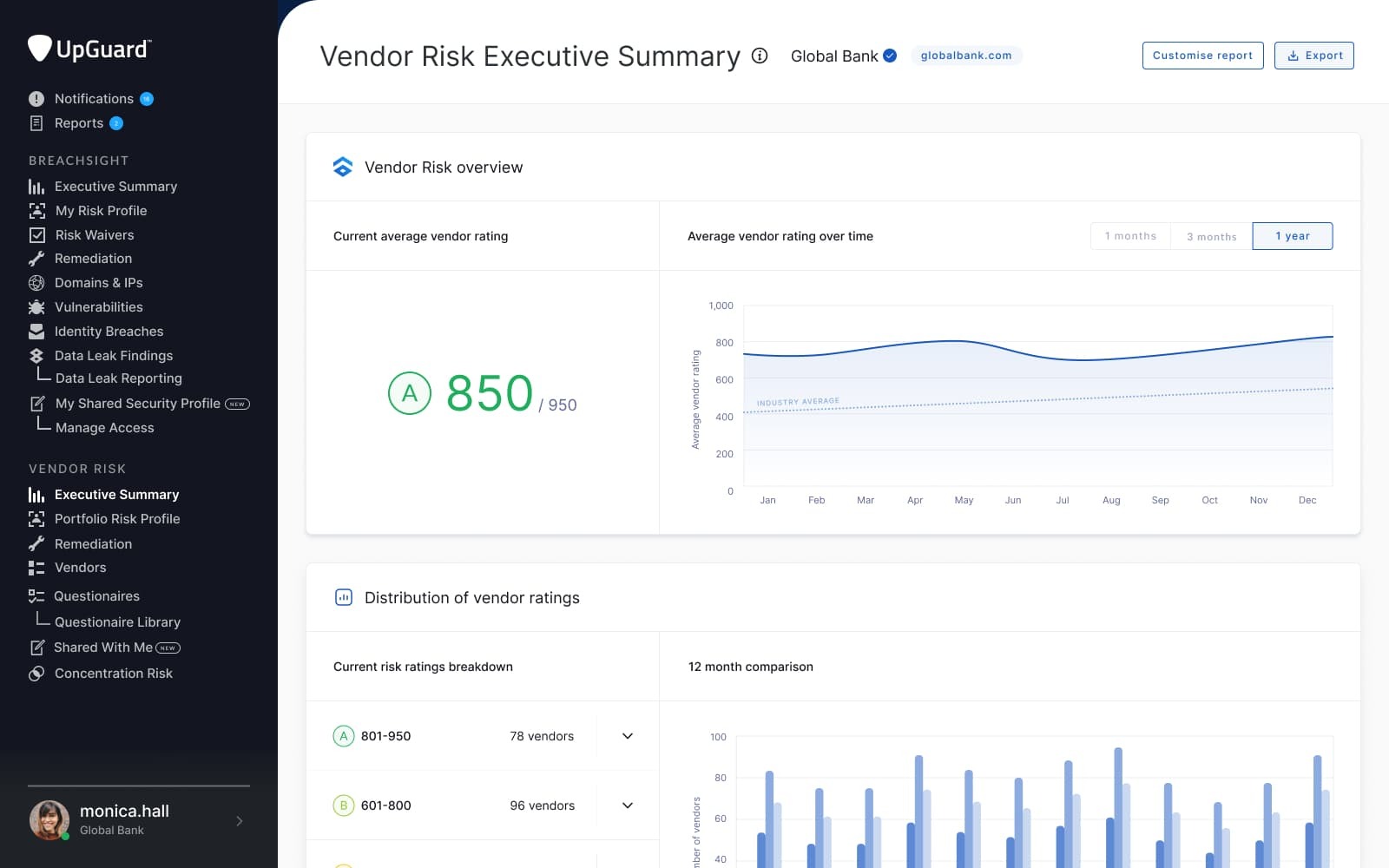
UpGuard combines TPRM workflows with external attack-surface insights. Security ratings, breach tracking, and domain-level checks inform risk scores, while questionnaires and remediation tasks close the loop with vendors. Reports help security and procurement align on priority actions. Key
Key Features:
Best for: Security-led teams seeking strong external posture data with TPRM.
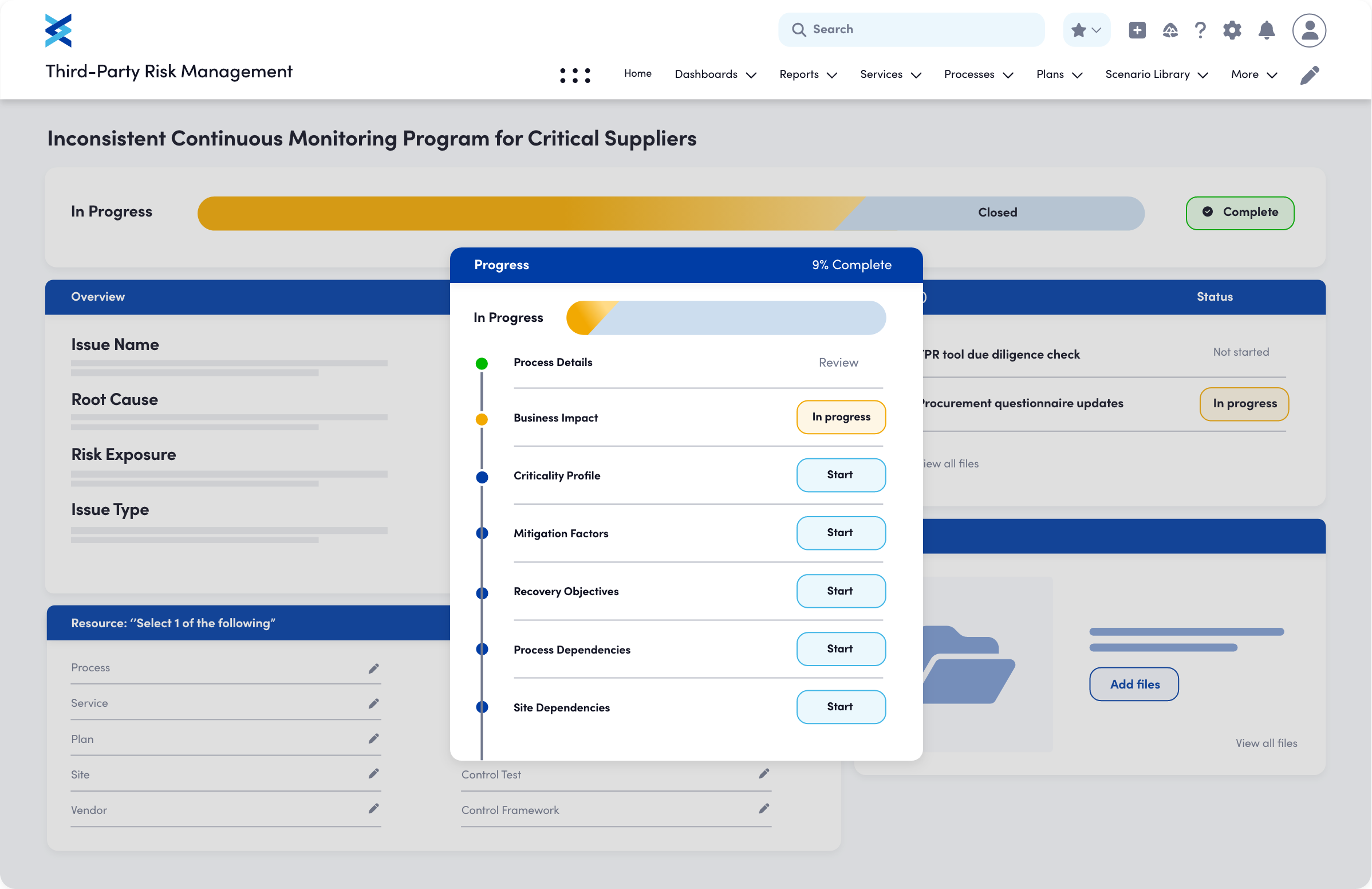
Fusion brings TPRM together with continuity and incident response. You can map suppliers to critical processes, test playbooks, and track issues to resolution. Its dashboards highlight dependencies and single points of failure across services and locations.
Key Features:
Best for: Organisations aligning TPRM with continuity and response planning.
Third-party risk management software gives organisations the clarity, consistency, and control needed to manage vendors effectively, reduce exposure, and strengthen overall operational resilience.
TPRM software consolidates vendor data, contracts, and control evidence into one view. You see which services rely on which suppliers, what data they process, and how they scored in recent assessments. That visibility reduces blind spots, supports proportionate tiering, and prevents duplicated requests. It also helps leadership understand where concentration risk sits, so they can decide on diversification, additional controls, or exit.
Standard workflows and reusable questionnaires remove email ping-pong and version confusion. Procurement, security, and legal work from the same record, with clear owners and SLAs. Pre-filled answers and evidence reuse speed renewals without lowering standards. The result is shorter cycle times, better supplier experience, and a cleaner audit trail when you revisit decisions.
Static, annual reviews miss change. Continuous monitoring brings in breach notices, posture scores, and sanctions updates to flag shifts in risk. Alerts drive interim checks or targeted questionnaires, so oversight matches reality. Teams spend less time chasing every vendor, and more time on the small set where risk has actually moved.
Live dashboards, KRIs, and complete histories make board packs and regulatory responses straightforward. You can evidence how you assessed risk, the exceptions granted, and the compensating controls in place. That reduces preparation time for audits, supports renewals, and helps demonstrate accountable oversight to customers and partners.
Linking suppliers to critical services highlights single points of failure and informs contingency plans. Playbooks, impact tolerances, and recovery objectives become practical when tied to real vendor data. When an incident hits a third party, you have routes for communications, workarounds, and recovery, reducing downtime and secondary impacts.
TPRM is a team sport. Risk sets standards and scoring, procurement drives intake and commercial terms, and security validates controls and remediation. Choose a platform that supports that collaboration without adding complexity. If you want TPRM connected to service criticality, recovery planning, and real-time response, Continuity2 can help you achieve it through a single, integrated resilience platform.
Book a Demo with Continuity2 to see how our software strengthens vendor oversight, automates due diligence, and builds operational resilience across your supply chain.
Founder & CEO at Continuity2
With over 30 years of experience as a Business Continuity and Resilience Practitioner, Richard knows the discipline like the back of his hand, and even helped standardise BS25999 and ISO 22301. Richard also specialises in the lean implementation of Business Continuity, IT Service Continuity and Security Management Systems for over 70 organisations worldwide.


Founder & CEO at Continuity2
With over 30 years of experience as a Business Continuity and Resilience Practitioner, Richard knows the discipline like the back of his hand, and even helped standardise BS25999 and ISO 22301. Richard also specialises in the lean implementation of Business Continuity, IT Service Continuity and Security Management Systems for over 70 organisations worldwide.

Discover the top 8 Disaster Recovery as a Service (DRaaS) solutions—features, benefits and use cases to cut downtime, minimise data loss and meet compliance.
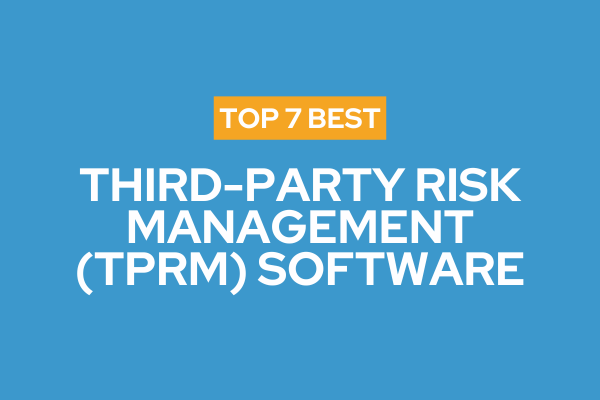
Explore the best third-party risk management software to automate vendor assessments, track compliance, and reduce exposure across your supply base.

Discover the top 8 dependency mapping tools for 2025—gain full visibility of systems, reduce downtime, speed incident response, and strengthen resilience.
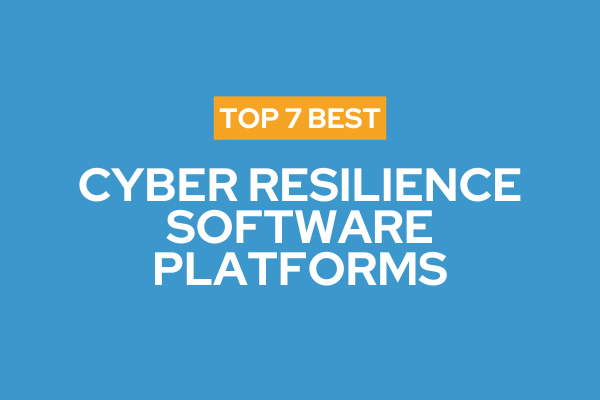
Compare the top 7 cyber resilience platforms that unite prevention, detection and recovery to cut downtime, protect data and keep operations running.
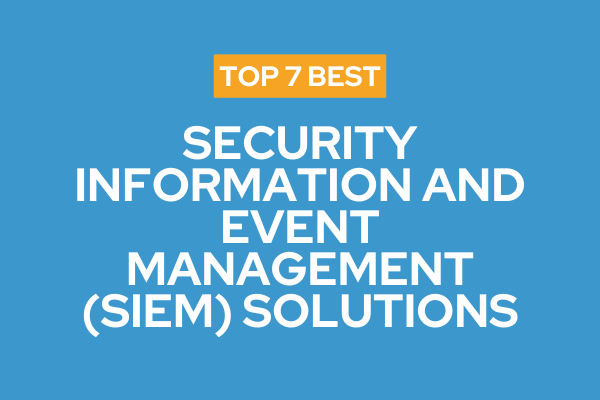
Find the best SIEM tools to detect threats faster, automate incident response, ensure compliance, and strengthen your organisation’s cyber resilience.
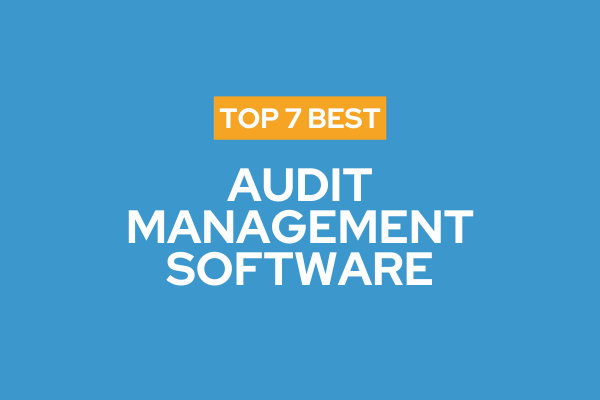
Discover 7 audit management software to streamline compliance, automate workflows, and improve efficiency and risk management across your organisation.
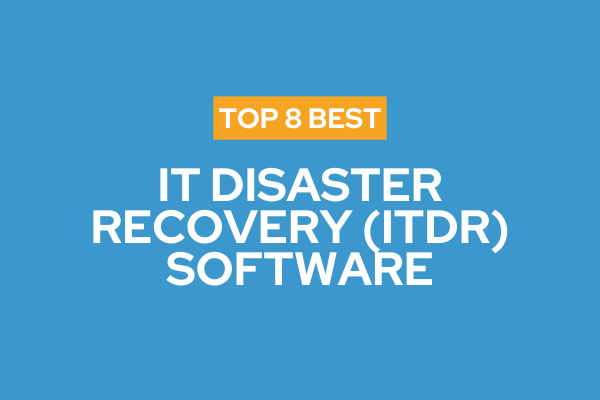
Explore the top 8 ITDR software solutions that automate recovery, minimise downtime, improve compliance, and enhance business resilience.
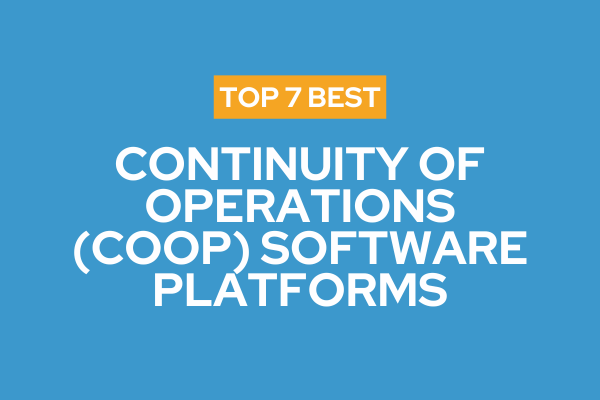
Explore the top 7 COOP software platforms that help organisations plan, test, and sustain operations during disruptions, ensuring resilience and compliance.
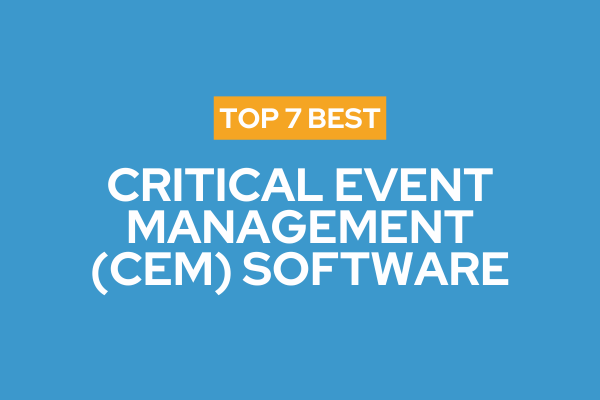
Compare the top 7 CEM software platforms for 2025—tools that detect threats, automate alerts, coordinate response, and keep people and operations safe.